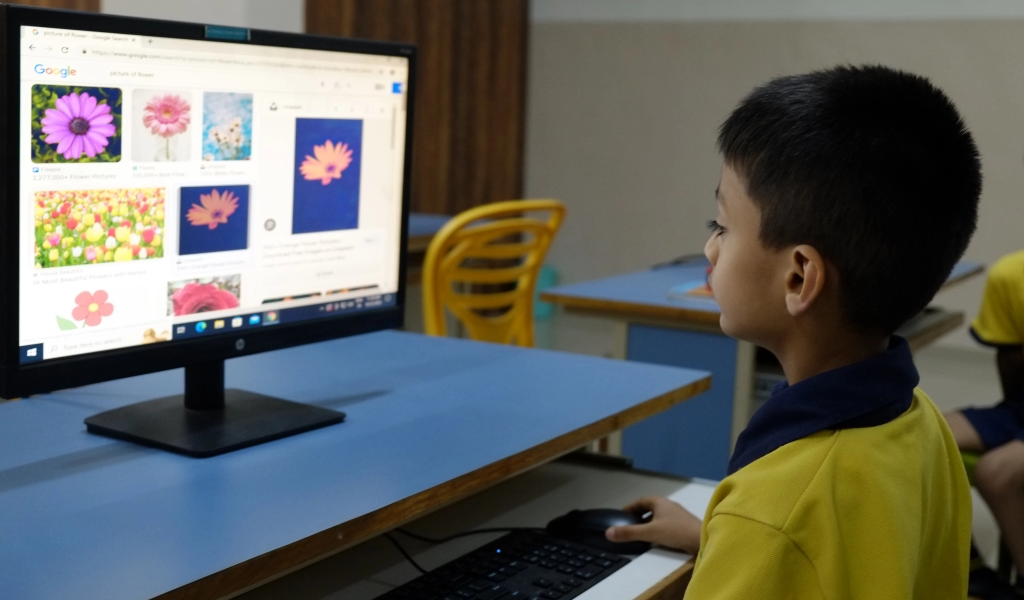Screen Time: Setting Healthy Limits for Kids

In today’s digital world, screens are everywhere—from smartphones and tablets to TVs and laptops. While technology offers incredible learning and entertainment opportunities, too much screen time can affect children’s physical, emotional, and social development.
At New India National School, we believe in helping families strike a healthy balance between screen use and real-world experiences
📱 Why Screen Time Needs Limits
Children learn best from real-world interactions — talking, playing, exploring, and engaging with people. Excessive screen use can:
Disrupt sleep patterns
Lead to sedentary lifestyles and obesity
Affect attention span and academic performance
Reduce face-to-face social skills
Expose children to inappropriate content or unsafe online behavior
That’s why setting boundaries early is essential.
🕒 How Much Screen Time is Too Much?
The American Academy of Pediatrics (AAP) offers these guidelines:
Under 2 years: No screen time (except video calls with family)
2–5 years: Up to 1 hour per day of high-quality, educational content
6 years and older: Consistent limits based on age, needs, and family values
The key is to ensure screens don’t replace sleep, physical activity, or personal interaction.
👪 Tips for Setting Healthy Screen Habits
1. Be a Role Model
Children often mimic adults. If they see you reading a book, exercising, or spending time offline, they’re more likely to follow suit.
2. Create Screen-Free Zones
Keep devices out of bedrooms, study areas, and the dinner table. This encourages healthier sleep and more family interaction.
3. Set Clear Rules and Stick to Them
Establish screen-time schedules—like no screens during meals, before bedtime, or during homework.
4. Use Parental Controls
Monitor content, block inappropriate websites, and use age-appropriate settings on apps and devices.
5. Encourage Alternative Activities
Inspire kids to read, play outdoors, join a club, paint, or do puzzles. Boredom often leads to creativity!
6. Watch Together
Co-view programs or play educational games together. This helps guide your child’s understanding and builds connection.
📚 How We Support at School
At New India National School, we emphasize mindful use of technology:
Smart classrooms, not screen-heavy ones
Balance between digital tools and hands-on learning
Parent sessions on digital wellness
Emphasis on outdoor play, creativity, and conversation
We teach students to be not just tech-savvy, but tech-wise.
✅ Final Thought
Screens are not the enemy — but balance is the key. When used thoughtfully, technology can be a wonderful tool. But nothing replaces the value of a walk in the park, a family board game, or a meaningful face-to-face chat.
Let’s work together to raise mindful, balanced, and connected children.
